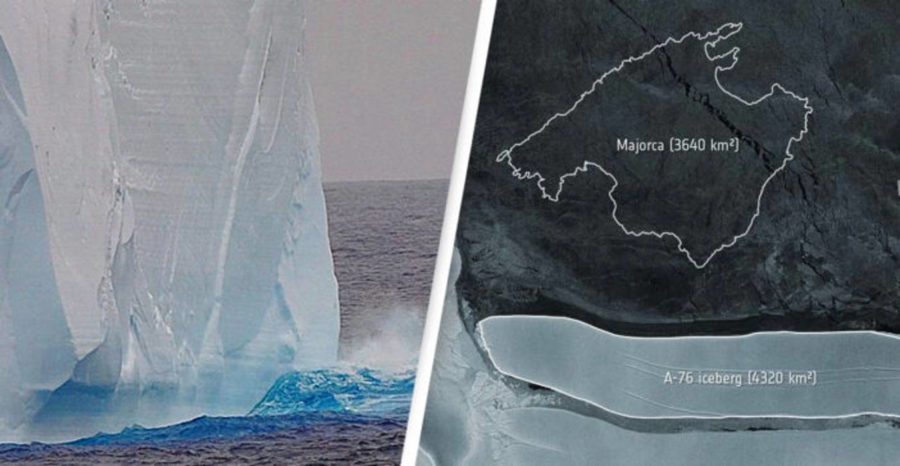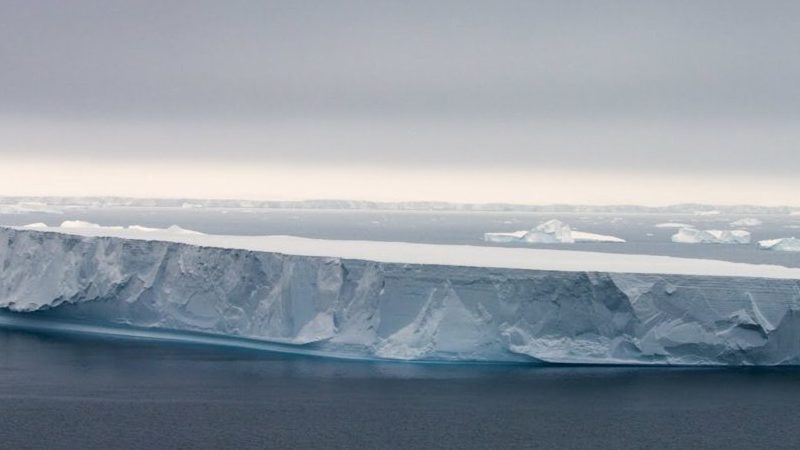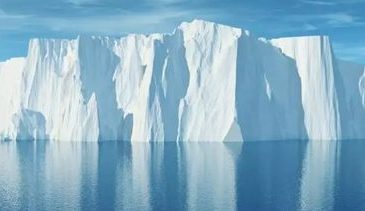The world’s largest iceberg has broken off of the continent of Antarctica. The giant floating mass of ice approximately 80 times the size of Manhattan.

The following written content from Ivana Kottasová
The iceberg broke off the western side of the Ronne Ice Shelf in Antarctica’s Weddell Sea, the European Space Agency (ESA) said Wednesday.
The iceberg is shaped like a giant ironing board, measuring around 170 kilometers (105 miles) in length and 25 kilometers (15.5 miles) in width. That makes it slightly larger than the Spanish island of Majorca, ESA said.
Iceberg calving is part of the natural cycle, with huge chunks of ice breaking off the ice shelf at regular intervals. Scientists aren’t attributing this particular break-off to climate change, and instead believe it’s part of the natural cycle of iceberg calving in the region.

Once it melts, the new iceberg will not lead to a sea level rise, because it was part of a floating ice shelf — just like a melting ice cube doesn’t increase the level of the drink in your glass.
That makes icebergs like this different from glaciers or ice sheets, which are found on land, and which do raise global sea levels when they break off into the ocean and melt.
ESA said the iceberg was first spotted by Keith Makinson, a polar oceanographer with the British Antarctic Survey last week and confirmed from the US National Ice Center using ESA’s Copernicus Sentinel-1 imagery.
The huge chunk of ice is now officially known as the A-76. The name might sound a bit boring for the world’s largest iceberg, but it is based on science. Read more





